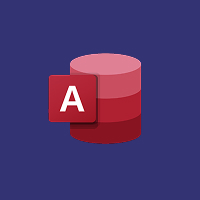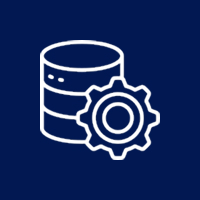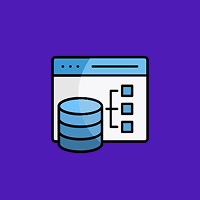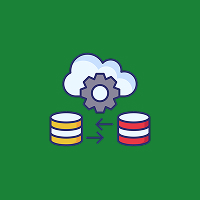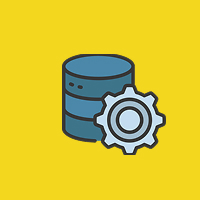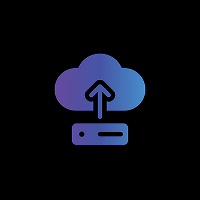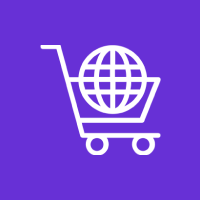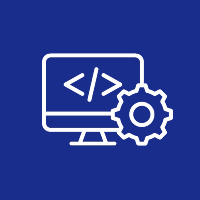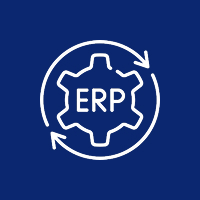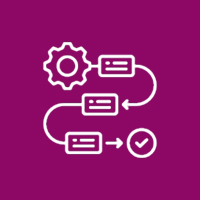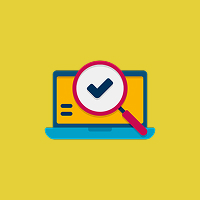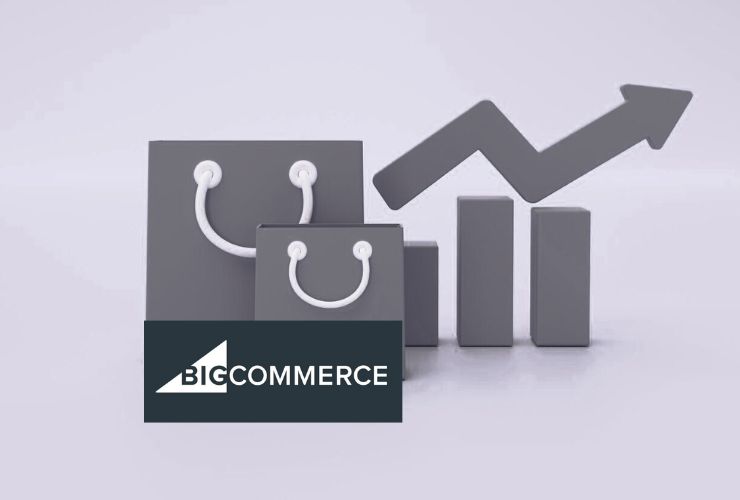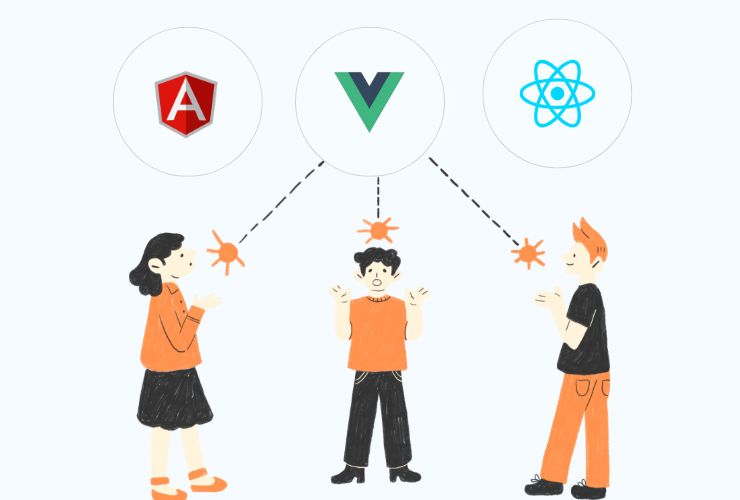When it comes to eCommerce, speed is everything. It’s a fast-paced world of consumers with ever dehydrated attention spans, and merchants with cutthroat competition. A slow-loading BigCommerce page can lead to high bounce rates, poor user experiences, and lost sales opportunities. In fact, studies show that just one measly second can significantly impact a customer’s purchasing decision. In today’s digital economy, customers expect an online store to load nearly instantaneously, and if for one second your site doesn’t respond with immediate visualization, your customers will instantly decide to shop with your competitors.
The good news? BigCommerce provides a robust platform for performance enhancement, and you can achieve more required speed, user engagement, and search engine rankings by implementing a few strategies with your store.
1. Addressing Your Images for Speed
Out of all the elements on a webpage, images usually take the most space when the file size is loaded. Poor image optimization or image files size (not in kb), can turn an otherwise speedy site to a sluggish tortoise.
- Start with a modern image format like WebP, which uses superior compression, while minimizing the quality loss.
- When you upload image files to your BigCommerce account, you should either use a compressor after saving image, such as TinyPNG or ImageOptim, to reduce file size, or a third-party compressor.
- Make sure to leverage the incorporated image CDN, so that BigCommerce intelligently delivers your images to customers around the world.
Image mismanagement (size, format, scale) can also slow down your store. Always ensure that your product images, video, banners and icons are sized appropriately upfront. Don’t use a bigger size file than necessary (even omit files obviously too large upfront), and ensure you resize image files prior to uploading them.
2. Reduce Third-Party Scripts and Apps
Third party integrations can certainly contribute to your overall functionality, but they also typically bring along some extra scripts that can lengthen page load time and therefore create a slower experience for the user.
- Ongoing audits of what apps/scripts are actually impactful on your business should be conducted.
- Remove any plugins or integrations that are no longer necessary and/or are underperforming.
- Where the heavy apps can be replaced with leaner options, this should also be considered.
- Limiting third-party dependencies will help keep your BigCommerce store lean and quick.
3. Optimize BigCommerce’s Akamai CDN
BigCommerce partners with Akamai, one of the world’s largest content delivery networks (CDN). Their CDN, serves your static assets (images, CSS, and javascript among other things) from edge servers closest to the user.
This means that the time it takes for the content to reach the user is shortened, reducing latency. Ultimately, this improves overall performance and speed for your user.
CDN caching can also lessen the traffic on your origin server, as the traffic is pushed to Akamai servers through caching and quicker delivery. This is beneficial when your store is experiencing heavy traffic or traffic spikes.
Ensure that you are using this feature for your assets, so that BigCommerce can enhance performance globally on the CDN level.
4. Enable Lazy Loading of Media
Lazy loading allows you to defer the loading of off-screen images and videos until the user scrolls to view them. This will greatly decrease the initial load time on your page, particularly on mobile devices.
Lazy loading can often be accomplished using custom code, or by using a theme or app that has lazy loading capabilities built into it.
It’s particularly useful for product category pages with dozens of thumbnails.
5. Use AMP
Mobile optimization is a necessity rather than an option. BigCommerce supports AMP for product pages and category pages, which can dramatically decrease the load times that mobile shoppers experience.
- AMP pages are simplified to get the content in front of them more quickly with less JavaScript and less styling.
- AMP Pages are cached by Google, and thus the mobile search user gets to experience a near-instant load time.
- Using AMP can help improve mobile performance, SEO ranking, and improve the experience of your mobile shoppers.
6. Minify and Compress HTML, CSS, and JavaScript
Code bloat is a quiet killer of performance. Minifying code is removing unnecessary spaces, comments, and other characters from code with no impact on functionality.
- There are tons of tools or apps that automatically minify CSS, JavaScript, and HTML files for you.
- You will also want to make sure that your server has GZIP compression and that it is enabled. GZIP compression reduces file size before being sent to the browser.
- This means that all browsers will be loading smaller, compressed files which means better download speed and rendering speed across devices.
7. Use Lightweight and Optimized Theme
Your theme is going to have a huge impact on your store’s performance.
- Avoid themes that have an abundance of animations, extensive media files, or just simply old practices with coding.
- Look for a modern and responsive theme that loads well across devices.
- When building your theme, try to stick with a clean and simple overall layout that focuses on content rather than on ‘cluttered’ design.
- Themes will often need to be updated as well, which may or may not include performance features or compatibility.
8. Conduct regular performance audits
Optimization isn’t a one-time effort. Conducting performance audits on a regular basis across your online store will help catch problems in your store before they affect your user experience.
You can do simple performance audits periodically with tools such as Google PageSpeed Insights, GTmetrix or Pingdom that allow you to measure load times and provide you actionable insights.
- Make sure to monitor metrics like First Contentful Paint (FCP), Time to Interactive (TTI), and Largest Contentful Paint (LCP).
- Fix the issues you find in order of impact (highest impact first).
- Make speed testing a part of your ongoing maintenance and development workflow.
To summarize
In the end, the speed of your online store is one of the most important performance factors relevant to your eCommerce success. A fast BigCommerce store leads to a better user experience and indirectly to better SEO and conversion rates.
Maximizing the speed of your BigCommerce store and reducing the size of images, eliminating scripts, using CDNs, enabling AMP and lazy loading your images and conducting regular performance audits will make sure your BigCommerce store runs as fast as possible. Having a faster loading store can help you have lower bounce rates, higher customer satisfaction and in turn more sales.
Despite whatever you might have heard speed matters in eCommerce; so invest in speed and your customers (and your profit) will thank you.
Contact Us Today













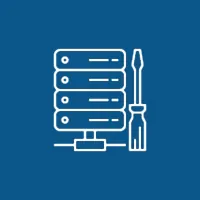 Database Development
Database Development




